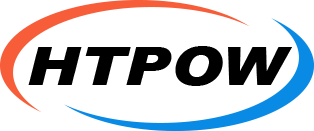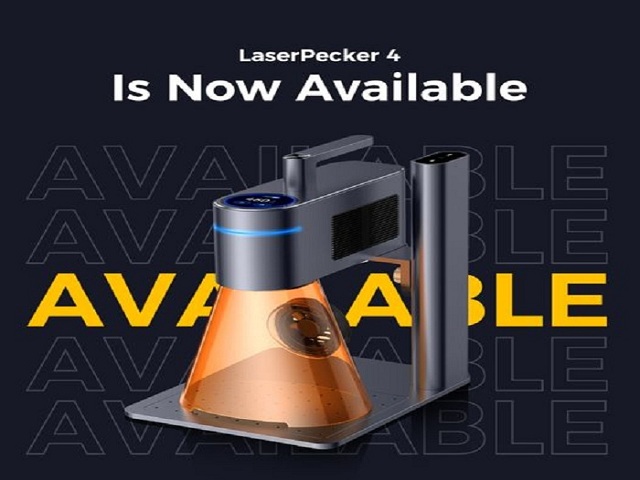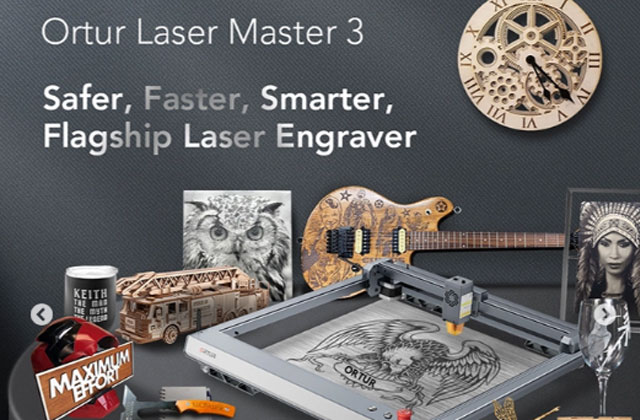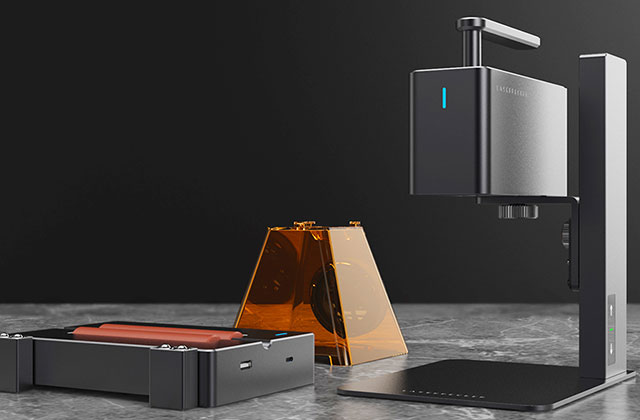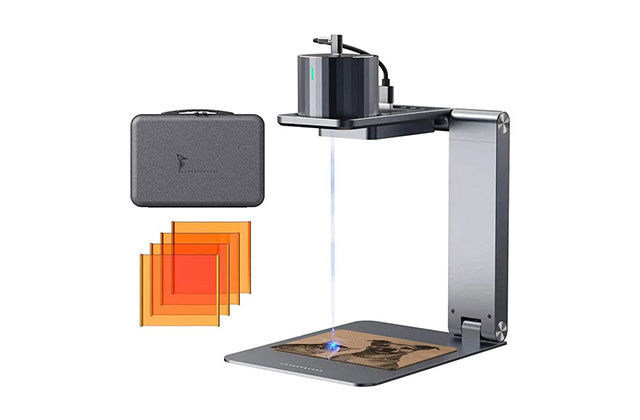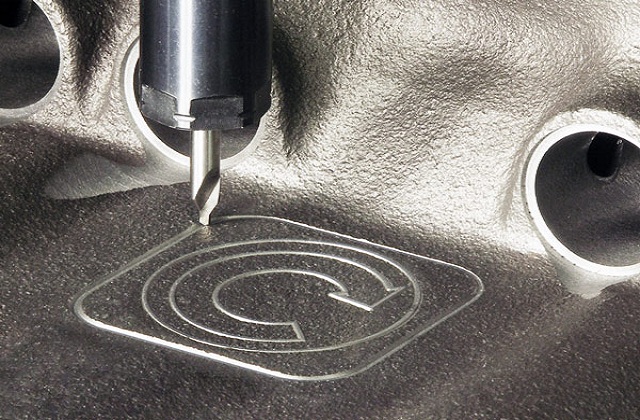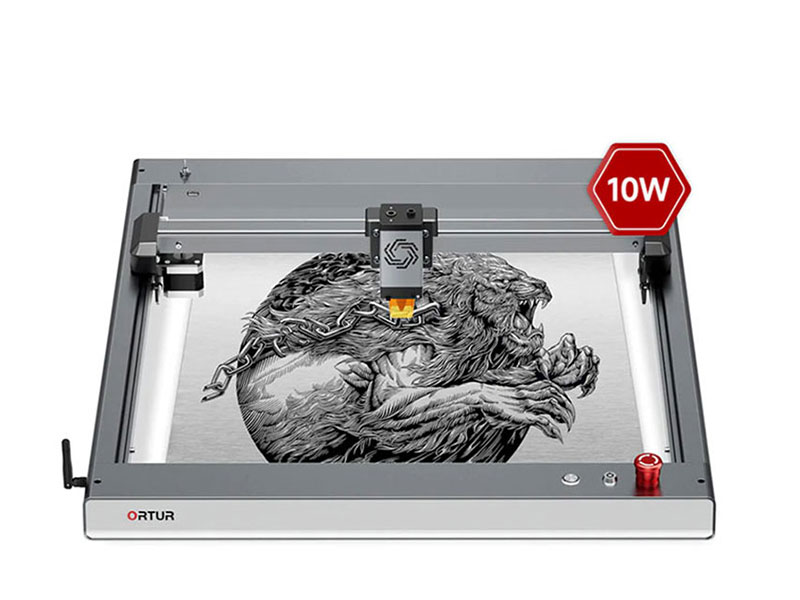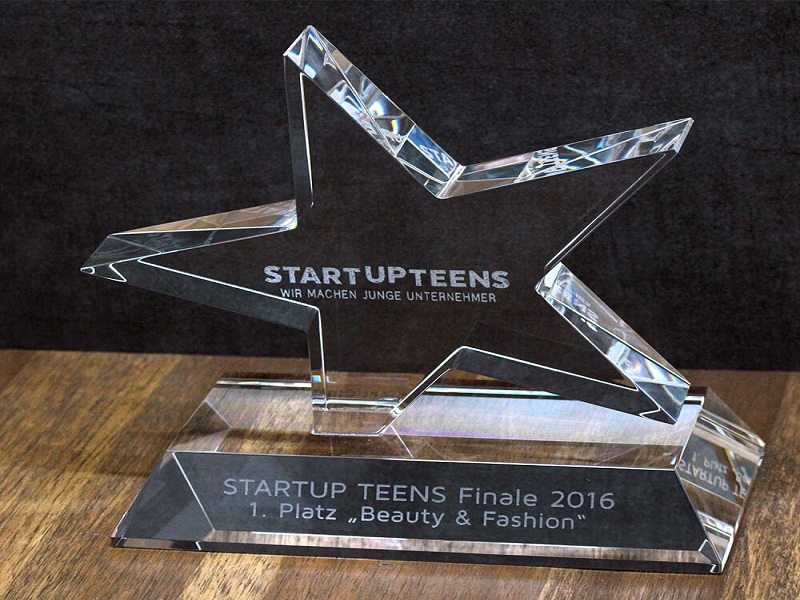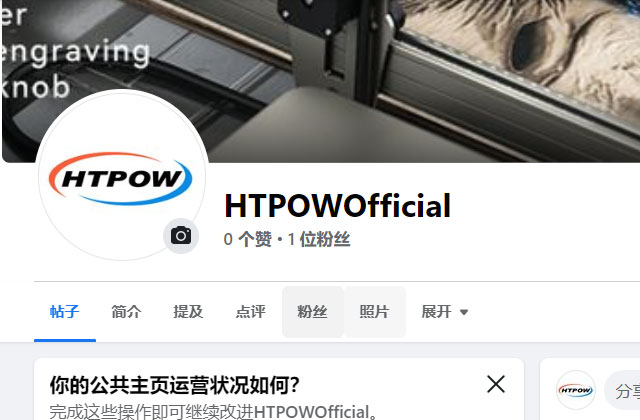The global laser engraving machine market is expected to grow at a CAGR of 4.61% from 2022 to 2029. It is expected to reach more than $3.6 billion by 2029, up from $2.4 billion in 2020.
HTPOW Analysis Laser Engraving Machine Market Overview
Laser engravers are critical in enabling organizations to imprint personalized information on the surfaces of manufactured objects. Laser engraving is a versatile and fast method for engraving on glass, stone, plastic, metal (coated/uncoated) and wood. The ability to create specific phrases, including higher levels of safety precautions and protection of intellectual property, is one of the key reasons for the rise of industrial engraving applications. CO2 lasers for engraving alphanumeric codes such as component labels, part numbers, lot numbers and brands are used in a wide variety of fields. Micromaterial engraving lasers are used in semiconductors, electronic chips, motherboards and other related equipment. Laser engraving equipment also provides lasting product information. For example, its brand name, logo, there are many home laser engraving machines are also developing rapidly, well-known brands are, Ortur, xTool, LaserPecker, Atomstack and Sculpfun.
Additionally, they can easily attach traceable labels to objects, and laser engraver have become an essential tool for inventory management and control, parts identification and loss prevention. Additionally, new applications in apparel stores, digital and retail signage, fabric stores, electronics and sporting goods, metalworking, model making, and woodworking are driving the laser engraving market forward.
Due to its cost-effectiveness, product differentiation and reliability, laser marking technology is increasingly used in a wide range of industrial sectors. Authorities are establishing permanent marking standards for a wide range of objects for identification, traceability and record keeping, especially in healthcare and defense. Furthermore, the method is frequently used in the automotive and aerospace fields. In the automotive industry, markings are used to engrave serial numbers on tires without changing the rubber structure. Due to its high durability, laser marking is considered a flexible solution for marking various aircraft parts compared to traditional engraving processes.
| ATTRIBUTE | DETAILS |
| Study period | 2020-2029 |
| Base year | 2021 |
| Estimated year | 2022 |
| Forecasted year | 2022-2029 |
| Historical period | 2018-2020 |
| Unit | USD Millions, Thousand Units |
| Segmentation | By Type, Application |
| By Type |
|
| By Application |
|
| By Region |
|
The market is likely to be driven by the growing demand for unique device identification and deep engraving throughout the manufacturing process for traceability, inventory management, production process control, and product quality verification. Marks produced with these machines, especially fiber laser machines, require less time and do not fade even after prolonged exposure to high temperatures and harsh chemicals. Hence, increasing demand for such machines from the electronics and military industries is likely to drive the market growth throughout the forecast period. The Ortur Laser Master 3 also saw a very big growth at this time.
In 2020, many countries face strict lockdowns due to the covid-19 pandemic. These blockades have resulted in partial or complete closure of manufacturing facilities. The closure of production facilities has had a significant impact on the consumption of materials. This has resulted in a reduction in transport, resulting in a slowdown in the renewal of railway operations. However, as the lockdown eases, manufacturing is expected to return to normal growth. The global laser engraving machine market is crowded with established players. These players have the absolute right to speak in the market. The operations used by the laser engraving machine market are proprietary and require long-term R&D planning that is effectively implemented.
The laser engraving machine market is divided into CO2 laser, fiber laser, green laser, ultraviolet laser, YAG laser by type. The fiber laser category will have the largest revenue share in 2020 and is expected to grow the fastest throughout the forecast period. This is because it has several advantages, including flexible fibers, excellent optical quality, high output power, and small machine size. In addition to fiber lasers, the study also considered CO2, green, UV and YAG lasers. Since the machines use different laser sources with different wavelengths, each machine type is best suited for a specific application. For example, CO2 laser marking machines are typically used for thinner and less rigid surfaces, while fiber optic machines are used for more durable and harder surfaces. Therefore, the wavelength of the laser source used in the machine is critical in choosing the type of machine used to mark on a given material. The industry has benefited from the increasing use of laser marking in various applications such as aerospace and defense equipment and other metal equipment.
The UV laser and YAG laser industry is expected to witness a significant CAGR over the forecast period owing to their ability to finely cut and micromachine specific materials such as glass, fabrics, ceramic LCD screens, etc. The UV laser marking beam reacts with the surface of the material, changing its properties and appearance. The beam is specifically targeted to specific points to create or produce high quality, precise and high contrast marks.
On the basis of application, the laser engraving machine market is segmented into automotive, aerospace, machine tool, electronics and microelectronics, medical, packaging, and military. The machine tool application segment will have the largest revenue share in 2020. The increasing ability of lasers to generate permanent alphanumeric features on machine tools, such as lot numbers, 1D and 2D barcodes, designs, dates of manufacture, brand names, manufacturer codes and logos, is driving the growth of the segment. The manufacturing industry is upgrading its operations to increase production capacity through batch manufacturing such as factory automation and smart factories. Furthermore, the increased use of robots and sensors has highlighted the need for tool identification and identification, driving the demand for laser marking machines.
The aviation application category is expected to grow at the fastest rate between 2021 and 2028. Due to the growing demand for electronic equipment, the use of laser marking equipment has expanded significantly in recent years. Moreover, in order to gain a larger market share, electronic device manufacturers are emphasizing product variety, which has resulted in an increase in the production of electronic devices and favorably propelled the market growth.
Laser Engraving Machine Market Players
From large companies to small companies, many companies are actively entering the laser engraving machine market. These key players include Han's Laser Technology Industry Group Co., Ltd., Telesis Technologies Inc., Videojet Technologies Inc., Trotec Laser Rotec Laser, TYKMA Electrox Inc., MECCO, LaserStar Technologies Corporation, Gravotech Marking, Sea Force Co.Ltd. and others.
Companies mainly compete with each other on laser engraving machines. Innovation is one of the most important key strategies because it must be applicable to any market. However, companies in the market have also chosen and successfully driven inorganic growth strategies such as mergers and acquisitions.
In November 2019, Coherent (US) introduced a switchable tunable ring mode (ARM) fiber laser that can sequentially power two independent processes or workstations.
In August 2019, Han's Laser (China) launched a multi-axis ultra-fast micromachining equipment that can manage laser rotation and motion in three dimensions of X, Y, and Z.
In January 2020, Trumpf (Germany) acquired a minority stake in GLOphotonics, a French-based laser technology company.
In November 2018, IPG Photonics (USA) acquired Genesis, a robotic systems integrator based in the United States, expanding its laser processing solutions to the transportation, industrial and aerospace end-user industries.
Who should buy? or key stakeholders
- Laser engraving machine supplier
- Investor
- End user company
- Research institutes
- Other
Regional Analysis of Laser Engraving Machine Market
The laser engraving machine market includes North America, Asia Pacific (APAC), Europe, Middle East and Africa (MEA), and South America.
North America: Including the United States, Canada, Mexico
Asia Pacific: Including China, Japan, Korea, India, Australia, ASEAN and Rest of Asia Pacific
Europe: Includes UK, Germany, France, Italy, Spain, Russia and Rest of Europe
South America: includes Brazil, Argentina and the rest of South America
Middle East and Africa: includes Turkey, UAE, Saudi Arabia, South Africa and rest of MEA
Its major share is occupied by Asia Pacific, North America, Middle East and Africa (MEA) and Europe. Asia Pacific accounts for 36% of the overall market. Factors contributing to the growth of the market in this region include the increasing number of laser engraving machine manufacturing plants and rapid usage of laser engraving machines. Markets in the region are expanding due to increased foreign investment due to low labor costs and ample supply of raw materials.
